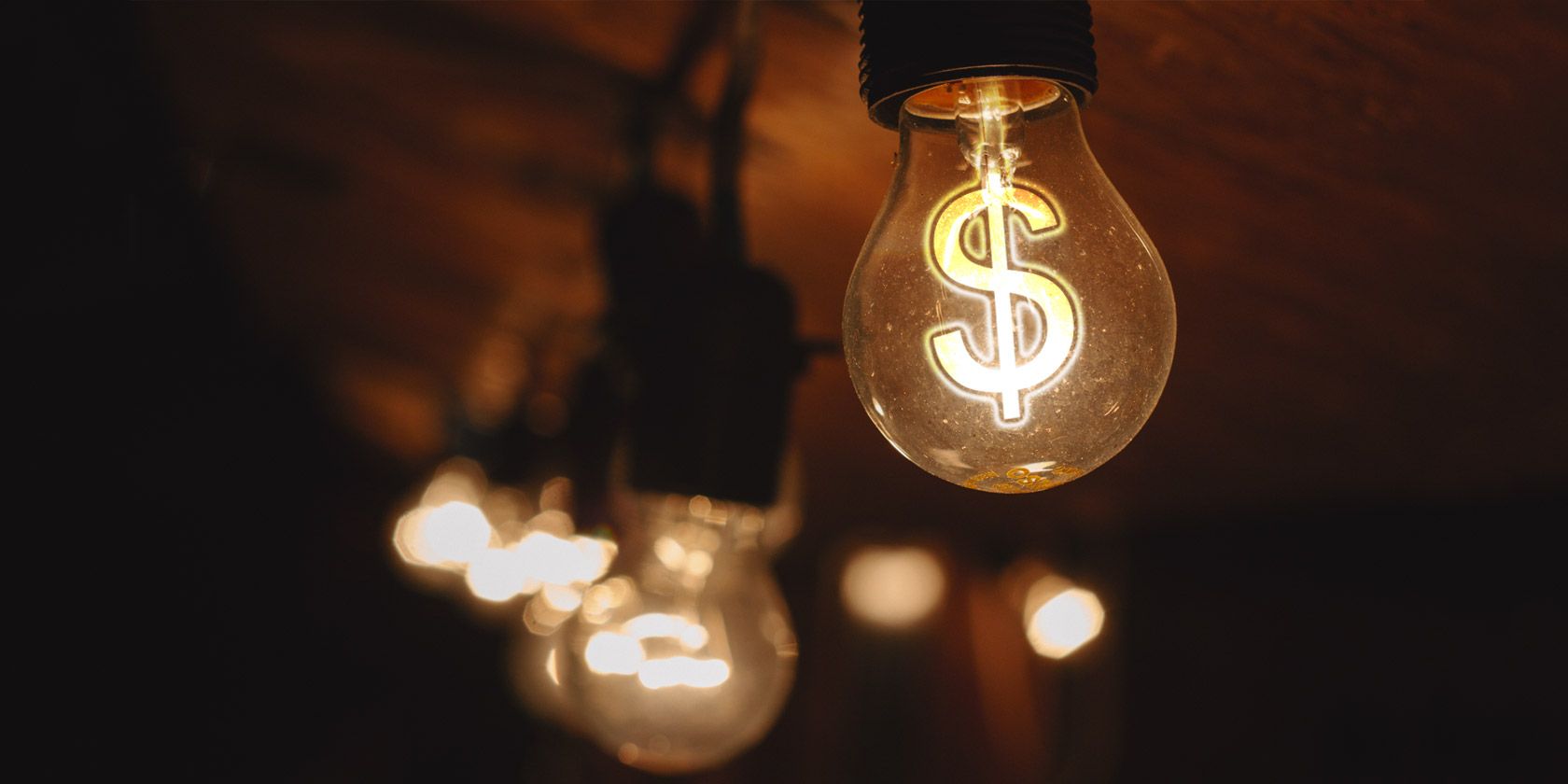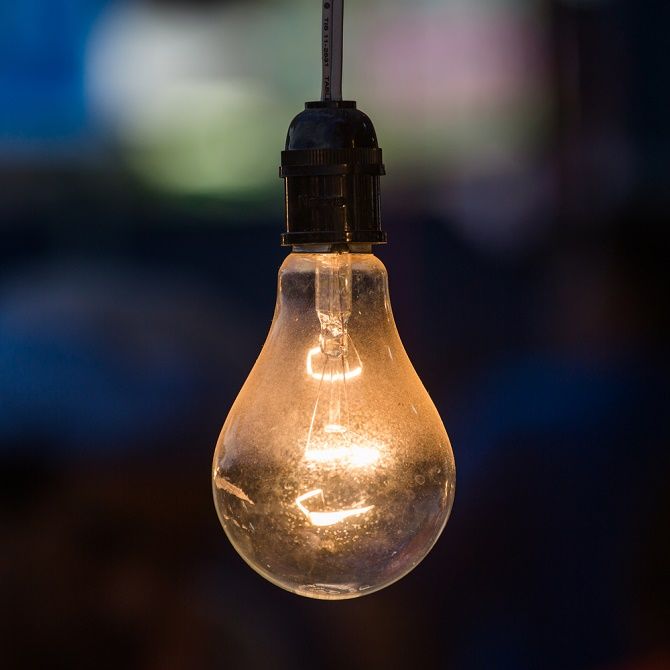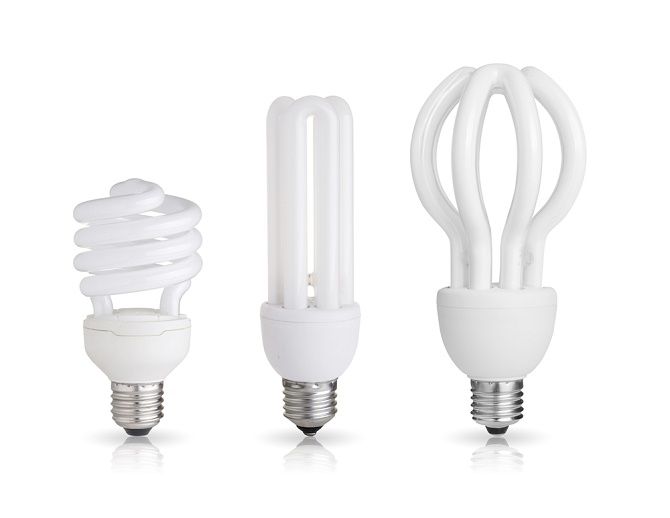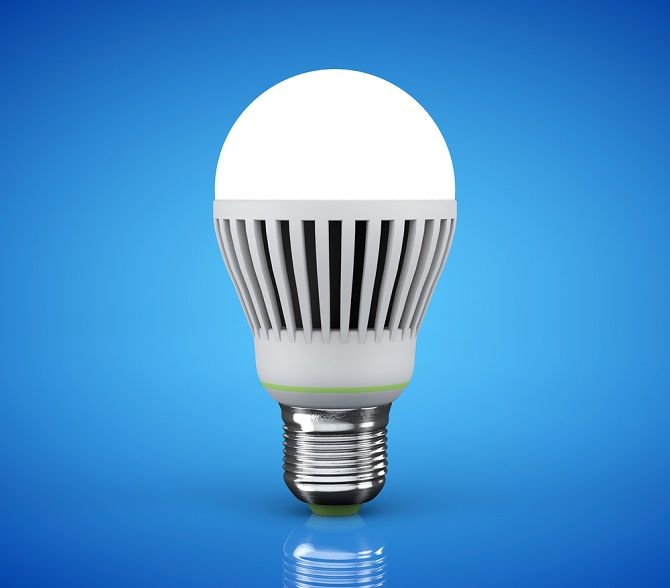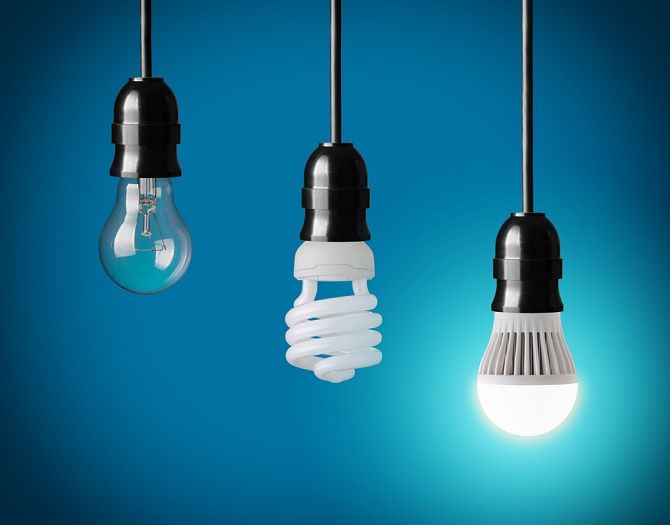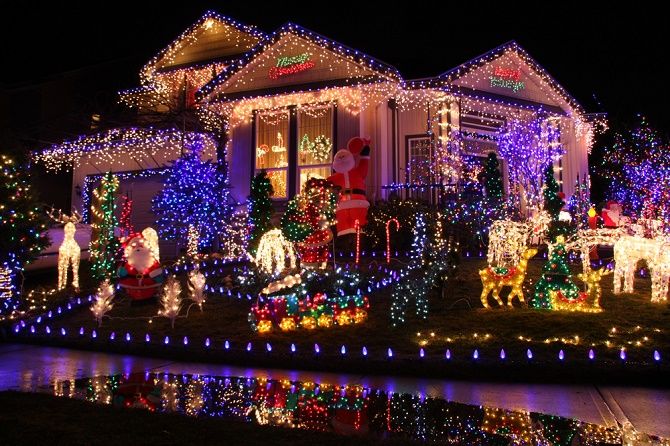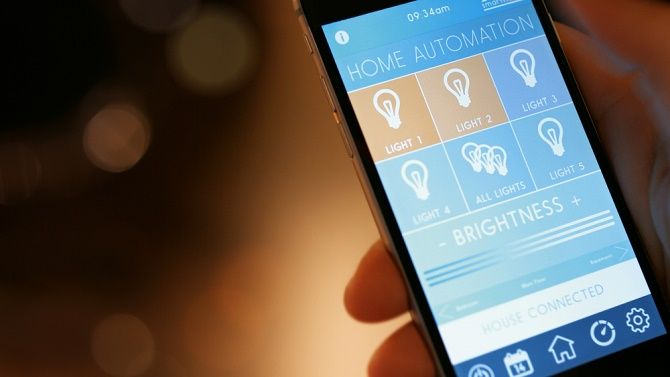We all want to save energy and spend less money. In the home this can mean the use of smart technology and more energy-efficient products like LED lighting.
Light-emitting diodes (LEDs) are now among the most energy-efficient lighting technologies and are becoming ever more popular due to their promise to save money, energy and the environment. But just how much can you expect to save? And is it really worth switching?
A Brief History of Light Bulbs
For the last ninety years or so, we have become used to light bulbs that last around 1,000 hours before they need to be replaced. This is not so much due to the limitations of technology, but down to a cartel that formed when the leaders of the industry realized that everlasting light bulbs would soon put them out of business.
Light bulbs dipped in quality and failed to improve over the intervening decades. An incandescent light bulb today has around the same lifespan as one from the 1920s, and considerably less than older bulbs.
The energy crisis of the 1970s and the environmental movement helped spur the development of more energy-efficient technologies. But it's only in recent years that consumers have finally started to reap the benefits.
Compact Fluorescent light (CFL) bulbs first appeared in stores in the mid-1990s as a lower-energy alternative to incandescent bulbs.
While the energy savings they provide are significant, CFLs have always been unpopular.
Why?
- They're commonly seen as ugly.
- The quality of the light is harsh.
- There is a delay in the lights turning on, which gets worse as the bulbs age.
- They contain mercury, so they're toxic if broken and need to be disposed of carefully.
Most businesses are phasing out CFLs, as better and cheaper LED lighting make them pointless.
LED lights have been around for a few years, but until recently were very expensive, and produced a cold light that many people did not find acceptable. The cost has fallen exponentially in recent years and continues to fall, while the quality of the light has also improved.
LEDs are now available in a full spectrum of colors. For most people, the quality of light from a good LED bulb is now indistinguishable from that of an incandescent.
How Much Can You Save?
LED bulbs are still more expensive than their incandescent equivalents but they are far cheaper to run. How much exactly are we talking about?
There's considerable variation in the price and performance of all bulb types but the below figures are typical:
- A 100-watt incandescent bulb costs around $0.75, costs 1.0c per hour to run, and lasts for around 1,000 hours.
- A 23-watt CFL bulb produces around the same amount of light, but costs around $3, costs 0.23c per hour to run, and lasts for 8,000 hours.
- A 14-watt LED bulb costs $6, costs 0.14c per hour to run, and lasts for 25,000 hours.
Although the LED bulb costs around eight times as much, it lasts 20--25 times longer and the lower running costs add up over time.
Using the above figures: Over the lifetime of one LED bulb you will have spent $8 on bulbs and $50 on electricity. If you stuck to incandescents you would have spent $18.75 on bulbs and a whopping $300 on electricity. CFLs would have cost you $9 in bulbs and $75 in electricity.
$300 over the space of 25 years or so may not sound like massive savings, but consider that a modest three-bedroom house might have ten ceiling lights and perhaps another six floor and table lamps. Now you're talking about savings of $4,800, or closer to $200 a year. That's a substantial proportion of your energy bill. Plus, think of all the time you'll save and inconvenience you'll avoid by not having to change a light bulb every few weeks.
If you have a larger home or use a lot of LED lighting, the savings will of course be proportionally more.
The electricity costs used in the above calculations are based on the American average of $0.10 per kWh. In many countries, electricity is considerably more expensive, so the savings would be even greater.
In warm climates, there may be additional savings. LEDs produce very little heat compared to incandescents, so they reduce the need for air-conditioning. In cooler climates, you may spend slightly more on heating but there is still a net gain.
Only if you're in a climate where you need heating all year round, and your heating is electric, would you fail to save energy costs by switching to LEDs. Even then, you would still save on the cost of the bulbs.
Should You Switch to LED Lighting?
Deciding whether to switch to LEDs is really a no-brainer. As your existing incandescent and CFL bulbs fail, you should replace them with LED equivalents.
In fact, even if you've just gone out and bought an incandescent bulb, you'll still save money if you replace it with an LED light. For a light bulb that's used for three hours a day, the break-even point is less than a month. For bulbs that are used less often, you may want to let them die a natural death but their replacements should be LEDs. There's no good reason to ever again buy an incandescent bulb or a CFL.
If you have CFLs, you probably won't want to throw them away. Let them reach the end of their life and then replace them with LED bulbs. When it comes time to dispose of them, make sure to do so safely. They contain a small amount of mercury so you may need to take them to a recycling center.
Other Benefits
If you're somehow not already convinced, it's worth noting that using LEDs doesn't only lead to monetary savings. The environmental impact is substantial.
The US Energy Department estimates that LEDs saved approximately 41 billion kW/h in 2014, more than the full output of a typical nuclear power plant. If all lighting switched to LEDs, the savings would be more than thirty times that amount. Studies also show that LED bulbs have a much smaller overall environmental impact than either incandescents or CFLs.
Because they use less energy and produce very little heat, LED bulbs are also safer. Incandescent bulbs can burn hot enough to start a fire in certain conditions, whereas LED bulbs usually remain cool enough to touch.
LED bulbs also open up a whole new world of lighting possibilities. Smart bulbs can be controlled remotely with your phone or devices such as the Amazon Echo and set to illuminate at any level and in any color. Philips Hue are the market leaders, but there is an ever-increasing array of alternatives.
You can even get creative with LEDs and go way beyond the simple bulb as a way of lighting your home.
In any case, LED lighting will soon be the only option as incandescent and CFL bulbs are being phased out. There are very few manufacturers still producing either and most countries have begun the process of banning them completely. There has been some resistance to this as there always is to enforced change, but we've passed the point where it makes any sense to continue buying incandescent bulbs or CFLs. The future is bright. The future is LED.
Have you already completely switched to LEDs? Do you pine for tungsten the way some music lovers do for vinyl? Or are you fully on board with the new technology? Please let us know in the comments.

